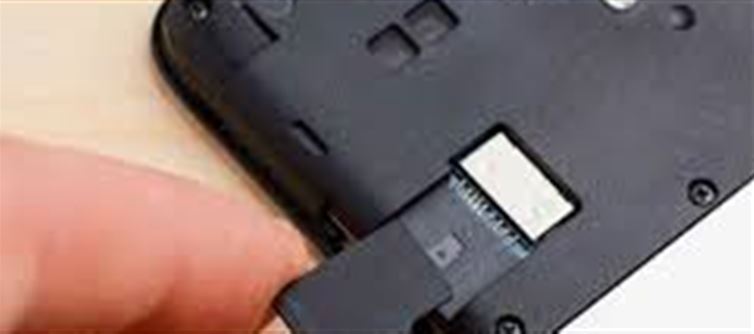
Buying a new smartphone can be exciting, but one common mistake many make is underestimating storage needs. You may end up with a phone that fills up too quickly, forcing you to delete files or spend extra money on cloud storage. Understanding your storage requirements before buying can save money and frustration.
🔹 Why Storage Matters
Smartphone storage determines how much you can:
· Install apps and games
· Save photos and videos
· Download music and movies
· Store documents and files
If storage is too low, your phone may slow down, apps may crash, and you’ll constantly need to manage your files. On the other hand, buying unnecessarily high storage increases the price without much benefit if you don’t use it.
🔹 Recommended Storage Sizes
Here’s a simple guide depending on user habits:
Storage Size
Suitable For
Example Use Cases
64 GB
Light users
Few apps, occasional photos and videos, basic music
128 GB
Average users
Regular apps, 500–1000 photos, streaming offline music, short videos
256 GB
Heavy users
Many apps and games, 2000+ photos, high-resolution videos, offline movies
512 GB or more
Power users
4K videos, large games, professional photography or content creation
Tip: Most smartphones now support cloud storage like google Drive, iCloud, or OneDrive, which can reduce the need for very high internal storage.
🔹 Factors to Consider
1. Type of media You Use:
o If you take high-resolution photos or 4K videos, opt for 256 GB or more.
o For casual selfies and social media posts, 128 GB is usually enough.
2. Gaming Habits:
o Popular games like PUBG, Call of Duty, or Genshin Impact can take 2–5 GB each. If you install multiple heavy games, higher storage is recommended.
3. App Usage:
o Messaging apps, social media apps, and productivity apps can slowly eat storage. Check your current usage on your old phone for reference.
4. Cloud vs. local Storage:
o If you rely heavily on cloud backup, you can get away with lower storage.
o Offline users who don’t want to depend on internet storage should choose higher capacity phones.
🔹 Money-Saving Tips
· Buy mid-tier storage wisely: Sometimes a 128 GB phone costs much less than 256 GB but is enough for most users.
· Expandable storage: Some phones allow microSD cards, which is cheaper than paying for higher internal storage.
· Use cloud storage selectively: Store old photos and videos in the cloud to free up local space.
· Avoid overbuying “just in case”: High storage adds significant cost without immediate benefits for light users.
🔹 Signs You Need More Storage
· phone frequently shows “Storage almost full” warnings.
· Apps start crashing or updating fails.
· media (photos/videos) cannot be saved.
· Performance slows down over time due to lack of free space.
✅ Conclusion
Choosing the right smartphone storage is a balance between current needs and future usage. Light users can save money with 64–128 GB, average users will benefit from 128–256 GB, and heavy users or content creators should opt for 256 GB or more.
By understanding your habits and planning ahead, you can save money while ensuring your phone always has enough space for apps, photos, and videos.
Disclaimer:
The views and opinions expressed in this article are those of the author and do not necessarily reflect the official policy or position of any agency, organization, employer, or company. All information provided is for general informational purposes only. While every effort has been made to ensure accuracy, we make no representations or warranties of any kind, express or implied, about the completeness, reliability, or suitability of the information contained herein. Readers are advised to verify facts and seek professional advice where necessary. Any reliance placed on such information is strictly at the reader’s own risk..jpg)




 click and follow Indiaherald WhatsApp channel
click and follow Indiaherald WhatsApp channel